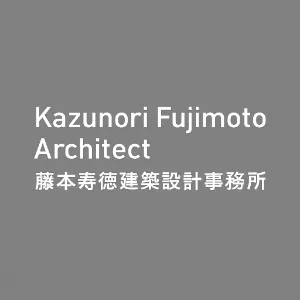ARCHITECTS
Kazunori Fujimoto Architect & Associates
YEAR
2020
AREA
152 m2
CATEGORY
Houses
LOCATION
Hiroshima, Japan
LEAD ARCHITECT
Kazunori Fujimoto
STRUCTURAL ENGINEER
Eiichi Tsumura
CONSTRUCTION TEAM
Komatsu Koumuten
MANUFACTURERS
Fritz Hansen, Archicad, Carl Hansen and Son, Phantom Hands, Rhinoceros
House in Mukainada is located on the top of a small cape, which has a 20 meters height difference from the sea level and overlooks Hiroshima Bay. In the past, the coastline reached the foot of this cape.
But after the reclamation of the land that started 40 years ago, the surrounding landscape has begun to change its appearance. The mountain behind was developed as a new residential area, but only this site remains as it used to be.
A fort-shaped house adapted to the cape's topography is the idea behind the project. The thick walls provide a sense of security in the interior space against the possibility of natural disasters. Still, at the same time, the sense of spaciousness is provided by the wide rooftop area and from generous proportions of interior spaces.
Moreover, the materiality and the sense of presence typical of the fortresses' architecture, when inserted into nature, lead it to change the surrounding landscape and elevate it to a new sense of beauty.
As an architect, I intended to create a living environment that could be perceived its Genius Loci without being influenced by new residential areas' spatial characteristics.
The slanted wall is 1.3 meters thick at the bottom. I wanted to make this wall with a non-reinforced concrete structure, like a gravity-type retaining wall, to give rationality to the shape and structure.
The fort was used as a metaphor, but the purpose was not the shape of the fort itself. The possibilities of architecture will expand by bringing the potential of ruins and civil engineering structures into architecture.
New landscapes and living environments, interwoven with such architecture and nature, are derived from the cape's topography.

























